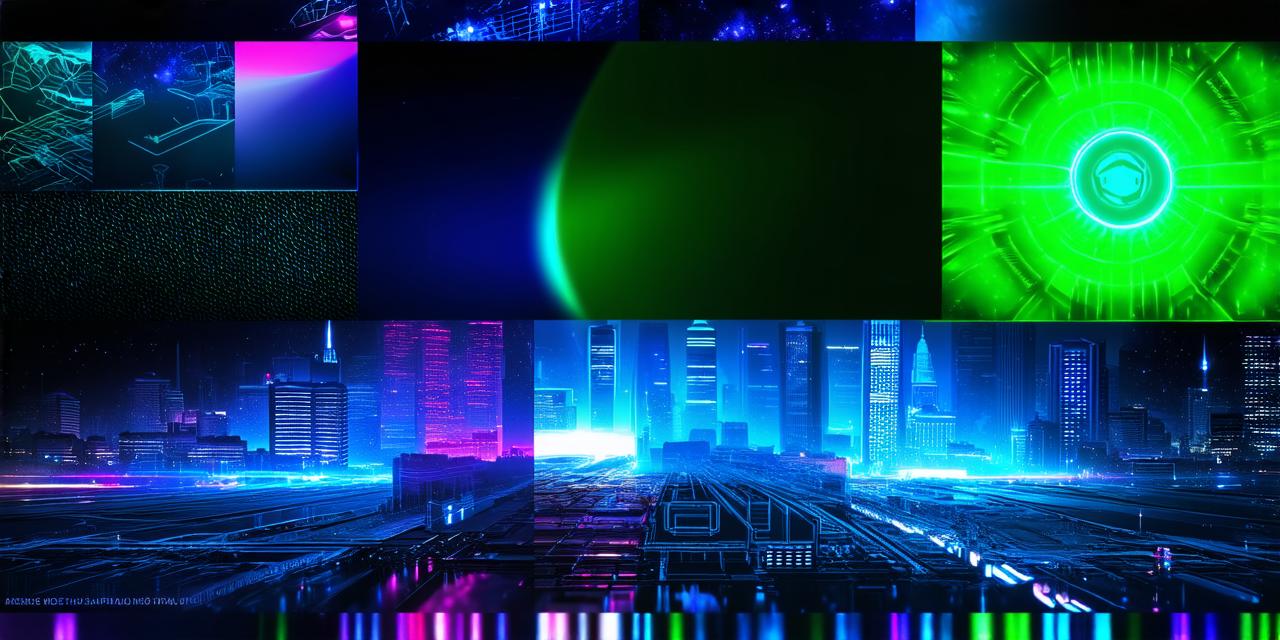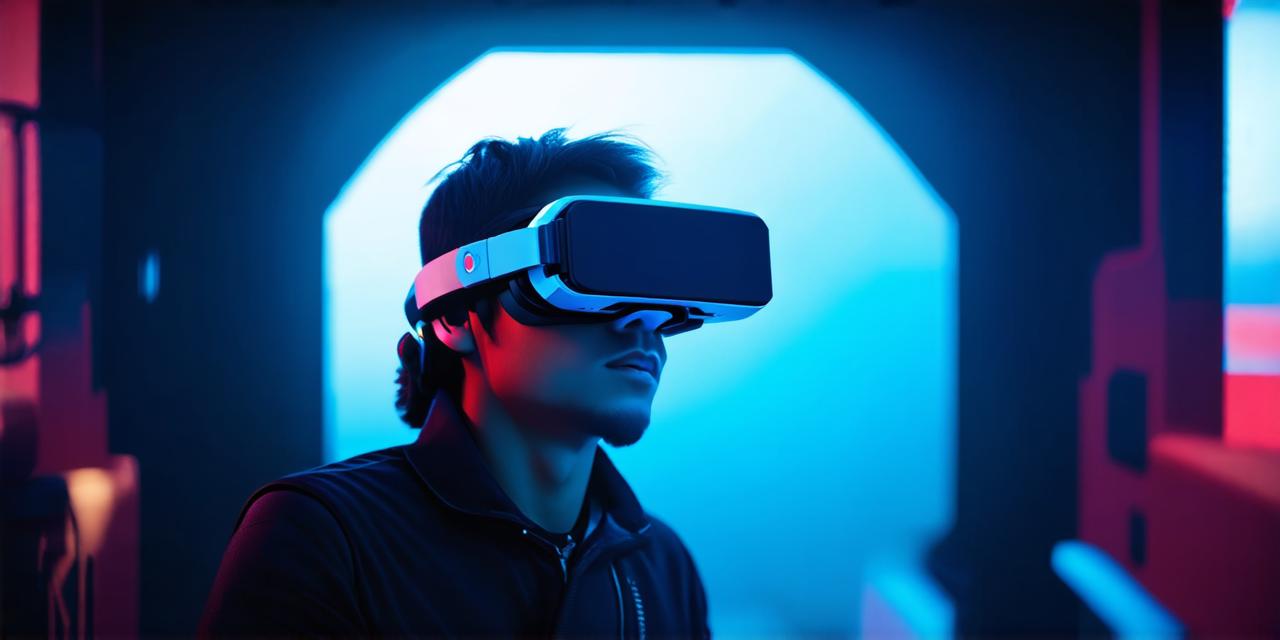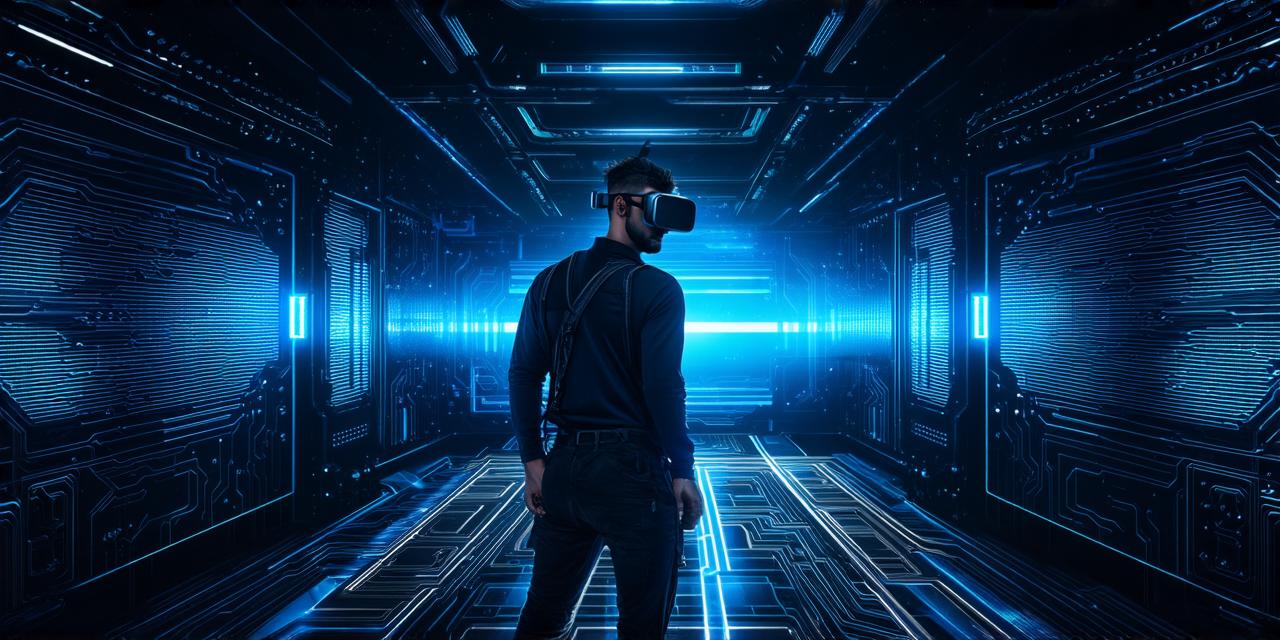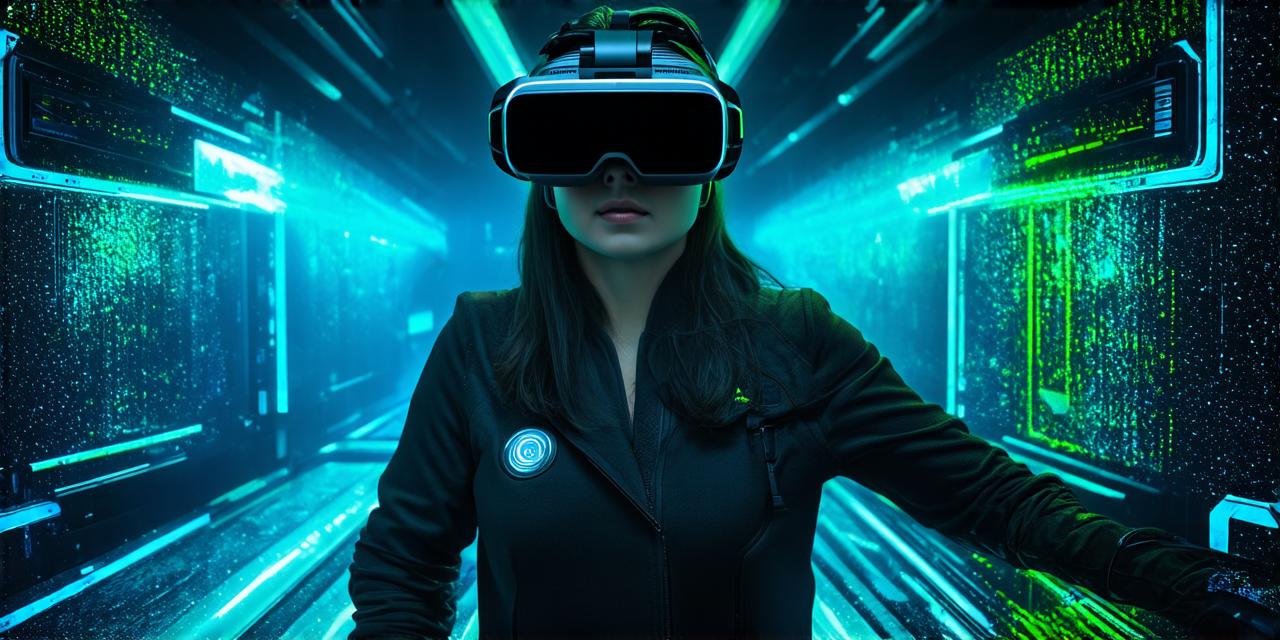
The terms “metaverse” and “virtual reality” are often used interchangeably, but they actually refer to different concepts. In this article, we will explore what sets the metaverse apart from virtual reality and why it is a distinct concept.
Virtual Reality (VR)
Virtual reality (VR) refers to immersive experiences that simulate real-world environments or create entirely new ones. These experiences are typically created using specialized hardware such as headsets, gloves, and sensors, which track the user’s movements and adjust the environment accordingly. VR technology has been around for several decades and has been used in a variety of applications, including gaming, education, and therapy.
Metaverse
The metaverse is a term that was popularized by author Neal Stephenson in his 1992 novel “Snow Crash”. It refers to a decentralized, virtual reality environment where users can interact with each other and the world around them in new and innovative ways. Unlike VR, which is typically controlled by a single entity or corporation, the metaverse is open and accessible to anyone with an internet connection.
Key Differences
-
Persistence: The metaverse is persistent, meaning that users can access it at any time and from anywhere, while virtual reality experiences are temporary and often require specialized equipment.
-
Decentralization: The metaverse is decentralized, meaning that it is not controlled by a single entity or corporation. Instead, it is a network of interconnected virtual environments that are owned and operated by individuals and communities.
-
Interoperability: The metaverse is designed to be interoperable, meaning that users can easily move between different virtual environments without having to start from scratch. This allows for greater flexibility and creativity in how users interact with the world around them.
-
Governance: The metaverse has its own governance structures, which are designed to ensure that users have control over their own experiences and that the environment is fair and equitable.
-
Content Creation: The metaverse is designed to be a platform for content creation, allowing users to create their own virtual environments and experiences. This can lead to greater innovation and creativity in how users interact with the world around them.
In Conclusion
The metaverse and virtual reality are both immersive experiences that simulate real-world environments or create entirely new ones. However, there are key differences between the two that set the metaverse apart as a distinct concept. The metaverse is persistent, decentralized, interoperable, governed by users, and designed for content creation. These differences make it a unique and exciting space for exploration and innovation.



